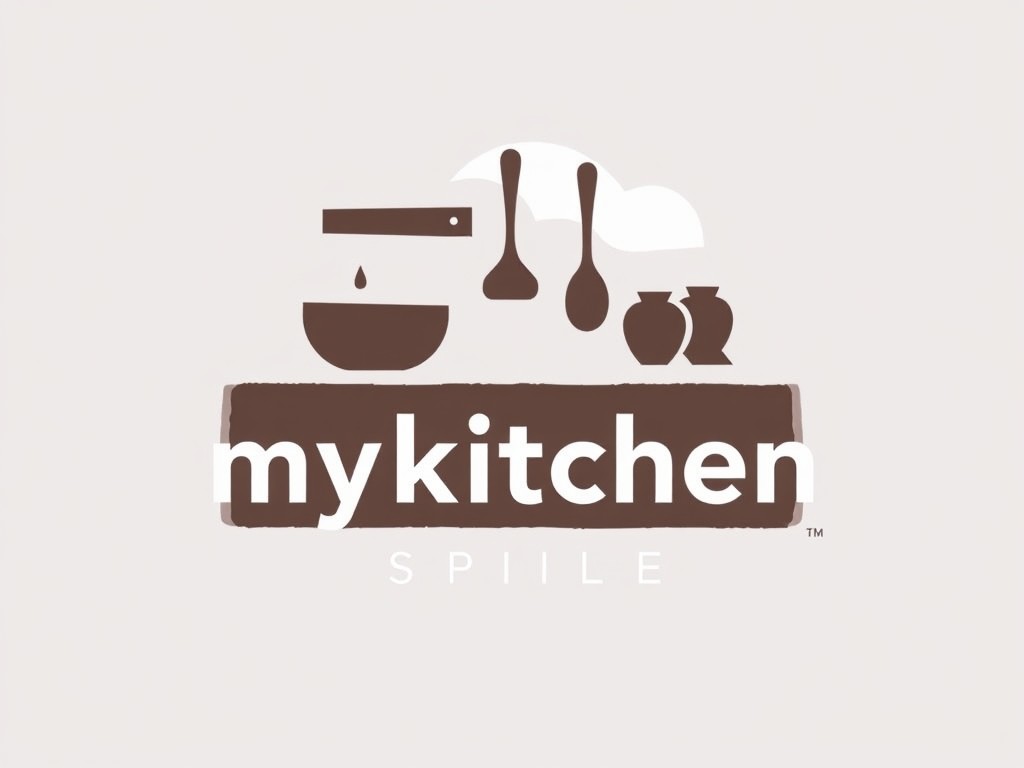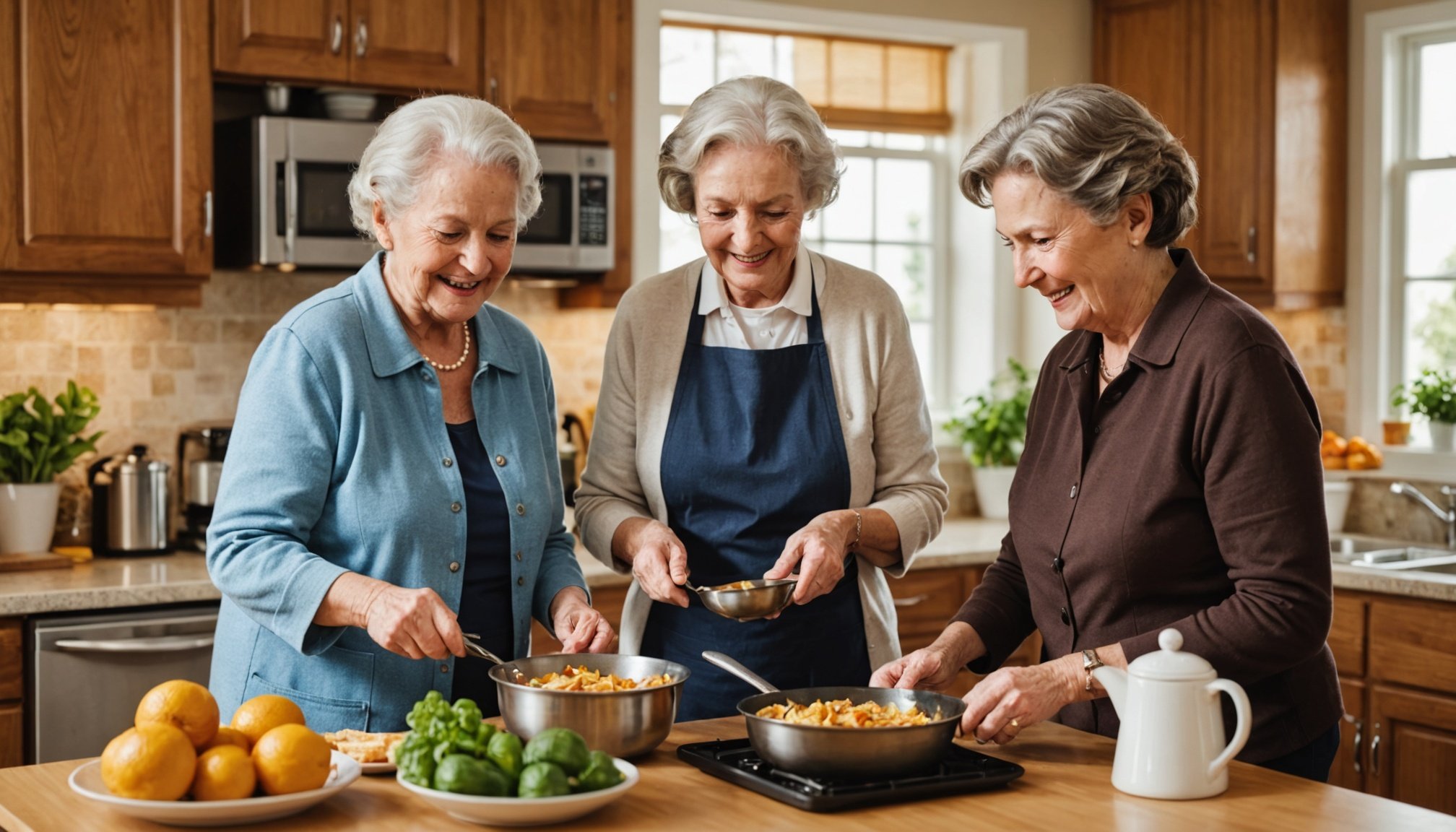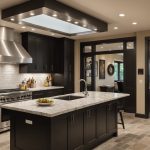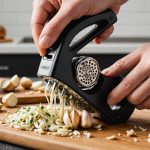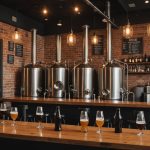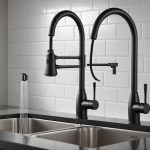Understanding Senior Needs in Kitchen Design
Designing a kitchen for seniors requires thoughtful consideration of their evolving needs. Mobility and physical limitations often pose challenges in accessing frequently used items. Installing pull-out shelves and adjustable-height countertops can make everyday tasks more manageable. Solutions like these promote aging in place, allowing elders to live independently longer.
Addressing sensory impairments is also crucial. Reduced vision can be supported by improved lighting, contrasting colors for better differentiation, and larger, easy-to-read dials and controls. For those with hearing difficulties, visual alerts and indicators on appliances can enhance functionality, making the kitchen a safer space.
Also read : Smart solutions: innovative ideas for incorporating a walk-in pantry in your compact kitchen layout
It’s equally important to consider the cognitive abilities of seniors. Simplifying the layout of appliances and ensuring intuitive design can reduce confusion during kitchen tasks. Labeling cabinets and drawers with clear, large print can help maintain organization and lessen stress.
By focusing on these aspects, a senior kitchen design becomes both functional and enjoyable. The ultimate goal is to create a safe environment that caters to their physical and mental capabilities, fostering independence and improving the overall quality of life. Engaging with professionals in senior care can offer additional insights into specific needs and best practices.
In the same genre : Revamp your kitchen: clever techniques for effortless food waste reduction
Key Safety Features for Senior Kitchens
Creating a senior-friendly kitchen involves several essential strategies focusing on kitchen safety, particularly for fall prevention. Prioritising non-slip flooring options is crucial. Flooring materials such as rubber or cork provide added grip and cushioning, reducing the risk of slips. Pair these choices with adequate lighting throughout the kitchen to enhance visibility and further minimise accidents. Illuminate pathways, countertops, and cooking areas to facilitate secure navigation.
Efficient storage solutions can significantly impact kitchen safety. Cabinets and shelves should be positioned at accessible heights to prevent overreaching. Adjustable shelves and pull-out racks can facilitate easy access to necessary tools and ingredients, enhancing convenience while reducing exertion. Integrating soft-close mechanisms on cabinets and drawers is an additional benefit, promoting quieter, safer operations.
Another critical component of an elder-friendly kitchen is ensuring appliance safety. Opt for devices with user-friendly controls, ideally featuring larger buttons or touchscreen interfaces. Installing automatic shut-off mechanisms can prevent mishaps and ensure peace of mind. Maintaining these precautions is vital to creating a welcoming and secure environment for seniors.
With these considerations, a kitchen transforms into a space that not only meets physical needs but also supports independence and safety for older adults.
Designing for Accessibility and Convenience
When considering an accessible kitchen design, it’s essential to focus on optimal counter heights and accessible cabinetry. These elements allow individuals, especially the elderly, to reach kitchen essentials with ease, minimising stress and enhancing independence. With cabinets and counters set at appropriate heights, reaching appliances and storing items becomes straightforward, fostering a comfortable kitchen environment.
Innovative layout designs play a crucial role in ensuring convenience for the elderly. These layouts are crafted to minimize unnecessary movement and physical strain, promoting safety and efficiency. Features such as pull-out shelves and roll-under sinks ensure that everything is within reach, reducing the need for bending or stretching, thereby creating a universally friendly space conducive for everyone.
Integrating technology is another key aspect of modern kitchen convenience. Smart appliances, automated systems, and voice-activated controls can significantly enhance daily tasks. Imagine managing your shopping lists, controlling lighting, and even adjusting the thermostat with ease, all while enhancing connectivity and convenience. Technology transforms the kitchen into an accessible hub for everyone, regardless of age or ability, offering practical solutions that integrate seamlessly into daily routines.
By incorporating these elements into your kitchen design, accessibility and convenience become natural, creating a space that supports, rather than hinders, independence and efficiency.
Innovative Products and Technologies
Technological advancements have revolutionised the way we approach senior independence, primarily through senior-friendly products. These innovative solutions cater specifically to the needs of older adults, focusing on accessibility and ease of use.
Smart Appliances that Enhance Independence
Smart appliances are central to enhancing independence, utilising kitchen technology such as voice-activated and remote-controlled devices. These devices allow seniors to perform everyday tasks with simplicity and convenience. Imagine adjusting your oven’s temperature or starting the coffee machine with a mere voice command—such technologies have dramatically improved the autonomy of elderly individuals. Furthermore, appliances equipped with easy-to-read displays ensure that important information is legible, reducing errors and enhancing safety in the kitchen.
Ergonomic Tools for Comfortable Use
Comfort is equally important, leading to the development of assistive devices like ergonomic tools. Essential cooking and cleaning products tailored for seniors include utensils with soft handles and non-slip grips, which are designed to reduce strain and improve grip. These tools help seniors maintain their independence without compromising on comfort or efficiency.
Safety Devices and Alert Systems
Safety remains paramount when discussing senior-friendly products. Innovations in fall detection and emergency alert technology ensure swift assistance when needed. Additionally, kitchen monitoring systems support caregivers by alerting them of irregularities, ensuring a secure environment for seniors.
Real-Life Examples and Case Studies
Kitchen redesigns transform spaces into safe, efficient environments for aging loved ones. One standout example involves the Paulsen family’s kitchen makeover, tailored for their elderly mother. By adopting senior-friendly designs, the renovation included features such as lower countertops and pull-out shelves. These adjustments made daily tasks like cooking and cleaning more accessible, enhancing her independence and quality of life.
Another case includes the Hernandez family, who undertook a kitchen redesign case study focused on technology integration for their aging father. They installed smart appliances with voice commands and touch controls, simplifying operations and reducing physical strain. This innovation proved invaluable, offering both safety and convenience.
Such successful kitchen modifications reveal crucial lessons. Consider the Williams family, who shared, “Installing non-slip flooring and bright, contrasting colours significantly reduced fall risks for our grandfather.” Their testimonial highlights the importance of prioritizing safety and visibility in design adaptations.
These real-life scenarios demonstrate that thorough planning and attention to detail are essential in creating a kitchen supportive of seniors. Not only do these case studies provide practical insights, but they also stand as proof of the profound impact careful modifications can have on enhancing the lives of aging family members.
